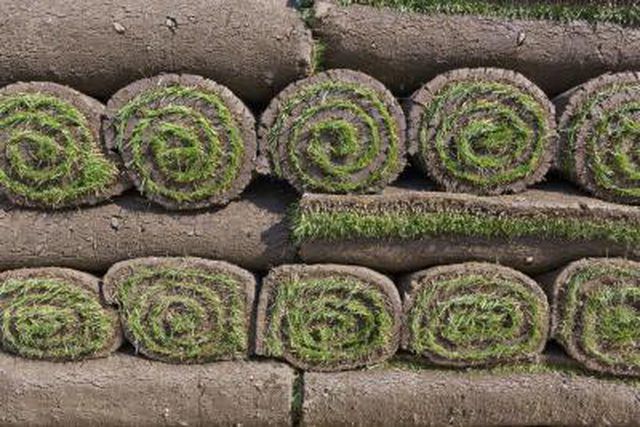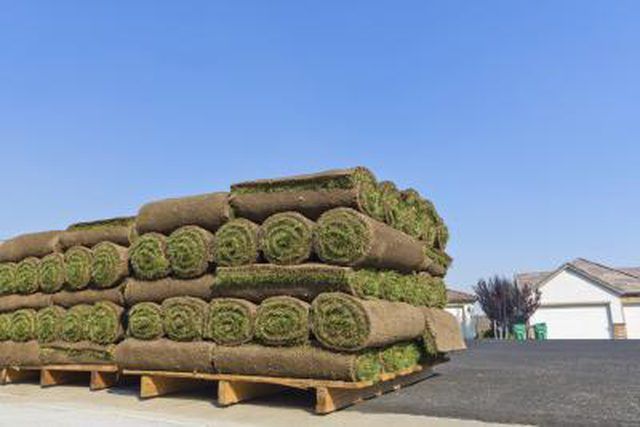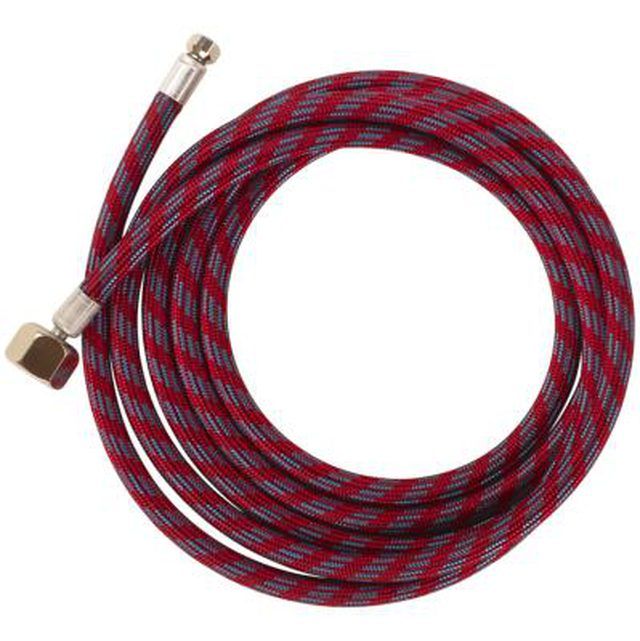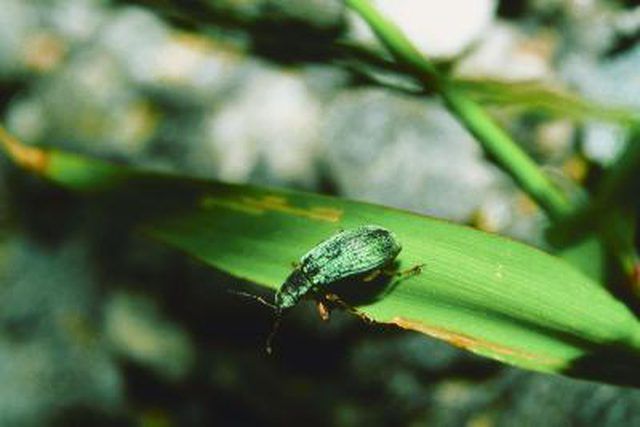Bulbs
Flower Basics
Flower Beds & Specialty Gardens
Flower Garden
Garden Furniture
Garden Gnomes
Garden Seeds
Garden Sheds
Garden Statues
Garden Tools & Supplies
Gardening Basics
Green & Organic
Groundcovers & Vines
Growing Annuals
Growing Basil
Growing Beans
Growing Berries
Growing Blueberries
Growing Cactus
Growing Corn
Growing Cotton
Growing Edibles
Growing Flowers
Growing Garlic
Growing Grapes
Growing Grass
Growing Herbs
Growing Jasmine
Growing Mint
Growing Mushrooms
Orchids
Growing Peanuts
Growing Perennials
Growing Plants
Growing Rosemary
Growing Roses
Growing Strawberries
Growing Sunflowers
Growing Thyme
Growing Tomatoes
Growing Tulips
Growing Vegetables
Herb Basics
Herb Garden
Indoor Growing
Landscaping Basics
Landscaping Patios
Landscaping Plants
Landscaping Shrubs
Landscaping Trees
Landscaping Walks & Pathways
Lawn Basics
Lawn Maintenance
Lawn Mowers
Lawn Ornaments
Lawn Planting
Lawn Tools
Outdoor Growing
Overall Landscape Planning
Pests, Weeds & Problems
Plant Basics
Rock Garden
Rose Garden
Shrubs
Soil
Specialty Gardens
Trees
Vegetable Garden
Yard Maintenance
Why New Sod Turns Yellow
Why New Sod Turns Yellow. You just laid down an entire yard full of sod to improve your home's appearance, but within days you notice it has begun to turn a lovely shade of yellow. New sod can turn yellow for a host of different reasons, and most of them are fixable, if you catch them in time. It will just take a little investigating to discover...
You just laid down an entire yard full of sod to improve your home’s appearance, but within days you notice it has begun to turn a lovely shade of yellow. New sod can turn yellow for a host of different reasons, and most of them are fixable, if you catch them in time. It will just take a little investigating to discover the source.

Sod is delivered all neatly stacked on a truck. These squares of sod generate heat from the sun as they travel to your destination and as they sit on the truck waiting to be set into place. If the sod sat all piled together for an extended period of time it probably got too hot, thus causing the delicate grass to dry out and burn.
Make sure to keep the sod extremely moist for several days. This may mean watering it several times a day. Lift a corner up to insure the soil beneath the grass is wet. Do not walk on the yellow sod any more than necessary. Give it a chance to rehydrate.

The new sod will turn yellow if you fail to stick to a regular watering schedule. Yellow grass is the first sign that it is dying from lack of proper nutrition. Proper watering helps keep the soil beneath the sod moist so that it can settle and root in, thus to begin feeding off the nutrients and fertilizers in the ground.
New sod should be well watered several times a day for the first few weeks. The exact amount or times will depend on your region. If you live in an exceptionally hot, dry area, the sod will need more water there than in a frequently rainy area. Check with the landscapers or nursery that installed the sod. Staff will advise you of a proper watering schedule for your area.

While you are examining your sod, look closely for some nasty little bugs called aphids. This is the worst reason your sod may turn yellow. The bug can be yellow, white, green or brown, but they are nearly transparent. Another insect infestation might be spider mites.
Either of these can take up residence and suck the very life out of your new sod. It may have already been infested when it was delivered, or your trees and shrubbery may already have been contaminated. These insects feed off the live blades of grass or plants nearby.
If your sod is infested with bugs, the best advice is to contact the distributor that brought the sod to you. Pesticides will get rid of them, if you are not adverse to using chemicals. It is also possible to get rid of just a few of these bugs with a good spraying of water. Then, you run the risk of drowning the new sod to eliminate the bugs.
If you fear a bug infestation, the wisest solution is to seek professional help, especially when the sod is brand new. Perhaps the contractor will replace it or treat it free of charge.
